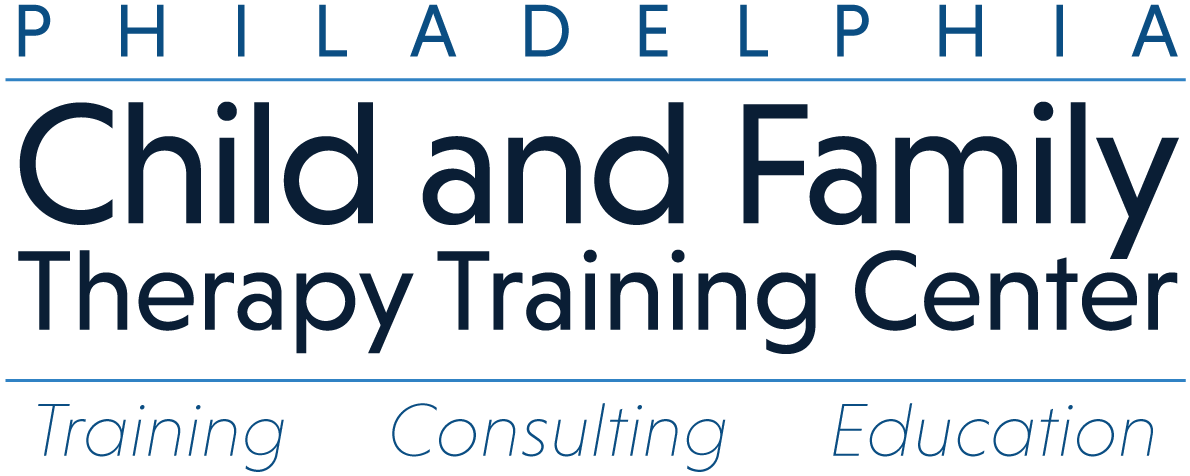
Tantrums signal the distress:
- I’m overwhelmed.
- I’m trying to tell you about a need I have.
- I’m possibly hungry, tired, overwhelmed, lonely, or angry and I don’t know how to handle that yet.
- I need to learn a new way to ask you for this need when I am calm.
- I’m new at figuring out big feelings.
- My brain can’t understand you when I’m feeling this much emotion.
- I need you to be calm so I can figure out these feelings.
- I don’t want to be acting this way.
- I’m watching how you respond to my big feelings so I know how to respond next time.
- I love you and feel safe with you.
Understanding Tantrums Systemically
In ESFT, a child’s tantrum is not viewed as an isolated behavioral problem, but as a signal of relational and systemic distress within the family. The therapist’s task is to uncover what the behavior is communicating about the family’s functioning, emotional regulation, and attachment patterns. To do that, ESFT clinicians rely on family assessment tools that help organize both data and hypotheses about family structure, meaning, and context.
1. Structural Map
A structural map helps the therapist visualize family hierarchies, subsystems, and boundaries.
- Question: Who holds power in this system? Who regulates whom?
- Application: A child’s tantrums may reveal an inverted hierarchy—perhaps the child has taken on a leadership or caregiving role due to weak parental alignment. The therapist uses this map to target parental leadership as a treatment goal.
2. Genogram
The genogram offers a multi-generational view of patterns, roles, and emotional themes.
- Question: How has emotion been managed across generations?
- Application: If a parent grew up in a family where emotional expression was punished, they may struggle to tolerate their child’s big feelings. This insight helps the therapist reframe the tantrum as a learned systemic response rather than defiance.
3. Ecomap
An ecomap situates the family within their broader social ecology—schools, community supports, stressors, and resources.
- Question: How do external systems impact the family’s capacity to regulate and connect?
- Application: Chronic financial stress or social isolation might amplify dysregulation. The therapist identifies potential supports and incorporates them into the treatment plan.
4. Critical Events Timeline
This tool tracks significant family stressors, transitions, and traumas over time.
- Question: What events preceded the escalation of tantrums? What strengths exist to help caregivers maintain self regulation and leadership?
- Application: If tantrums increased after a loss, move, or separation, the therapist links behavior to attachment disruptions and works to strengthen co-regulation and caregiver attunement.
5. Negative Interactional Patterns ( NIP) & Positive Interactional Pattern (PIP)
These patterns identify how members respond to one another based on the structural map at admissions and how the members respond when the family is unbalanced and second order change occurs.
- Question: What is the pattern that binds the family in crisis? What is the pattern that frees the family from crisis?
- Application: A tantrum might trigger parental withdrawal, reinforcing the child’s fear of disconnection. The therapist works to interrupt this sequence through enactments that promote repair and attachment, alliances, co parenting, parental leadership and co-regulation.
In Summary
Using these tools, the ESFT therapist doesn’t just describe a child’s tantrum—they contextualize it. The behavior becomes a portal into understanding family structure, attachment, and emotional organization. The treatment goal shifts from stopping the tantrum to restoring relational balance so the family can regulate together.
Come to our free CE workshop
